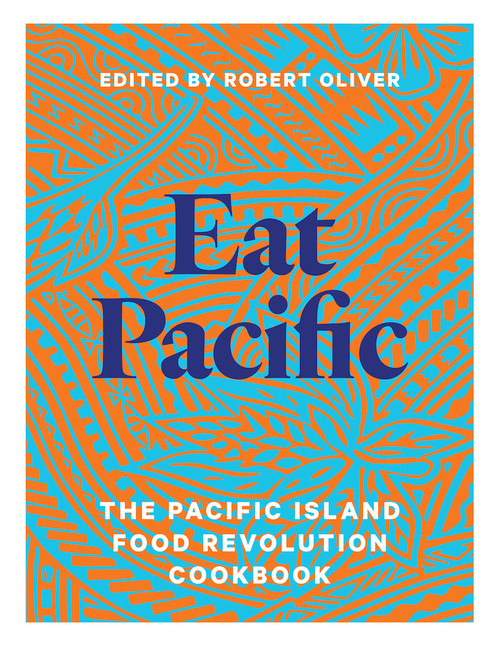Like a human tsunami, World War II brought two million American servicemen to the South Pacific where they left a human legacy of some thousands of children. Mothers' Darlings traces the intimate relationships that existed in the wartime South Pacific between U.S. servicemen and Indigenous women, and considers the fate of the resulting children.
The American military command carefully managed intimate relationships in the Pacific Theater, applying U.S. immigration law based on race on Pacific peoples of color to prevent marriage across the color line. For Indigenous women and their American servicemen sweethearts, legal marriage was impossible, giving rise to a generation of children known as G.I. Babies. Among these Pacific war children, one thing common to almost all is the longing to know more about their American father.
Mothers' Darlings traces these children's stories of loss, emotion, longing, and identity, and of lives lived in the shadow of global war. This book considers the way these relationships developed in the major U.S. bases of the South Pacific Command from Bora Bora in the east across to Solomon Islands in the west, and from the Gilbert Islands in the north to New Zealand, in the southernmost region of the Pacific. Some chapters consider in-depth case studies of the life trajectories of one or two people; others are more of a group portrait. Each discusses the context of the particular island societies and how this often determined the way such intimate relationships developed and were accommodated during the war years and beyond.
The writers interviewed many of the children of the Americans and some of the few surviving mothers as well as others who recalled the wartime presence in their islands. Oral histories reveal what the records of colonial governments and the military largely have ignored, providing a perspective on the effects of the U.S. occupation that until now has been disregarded by historians of the Pacific war. The richness of this book should appeal to those interested the Pacific, World War II, as well as intimacy, family, race relations, colonialism, identity, and the legal structures of U.S. immigration. Some of the participants in this rich study also told their stories on film-Born of Conflict: Children of the Pacific War.











